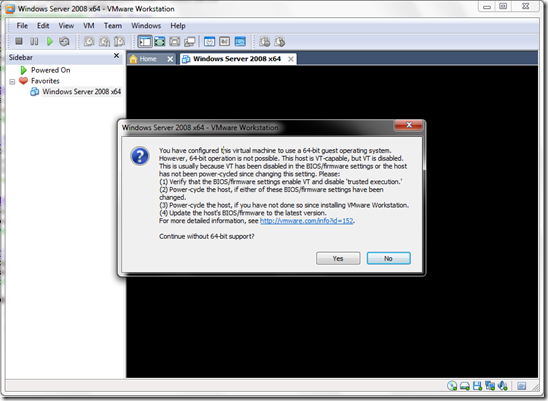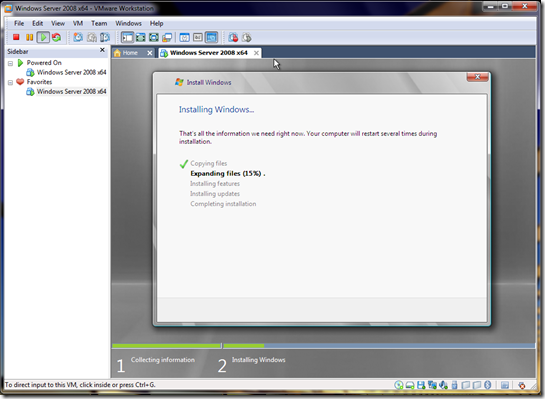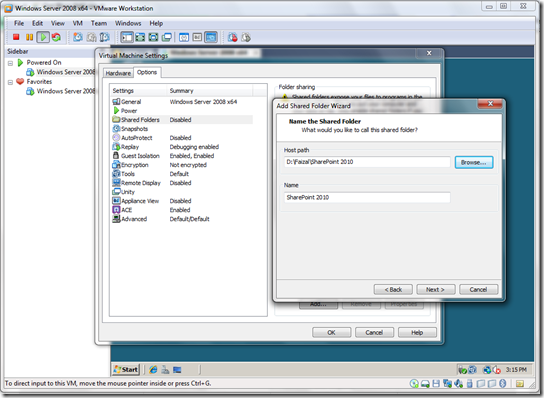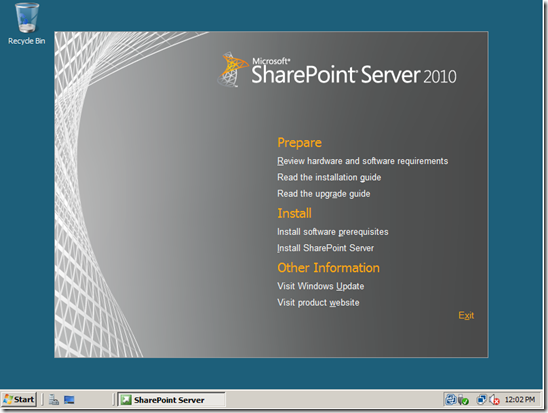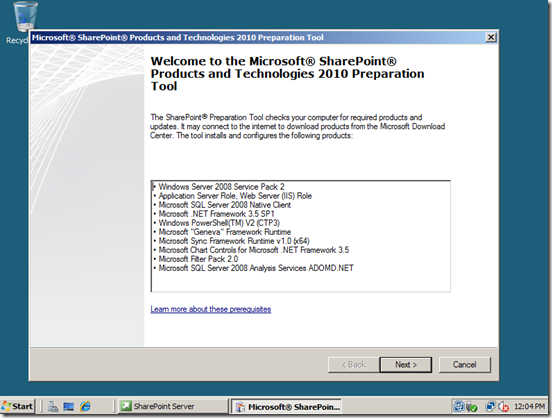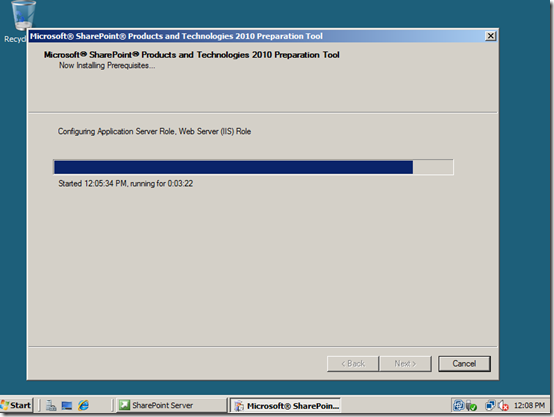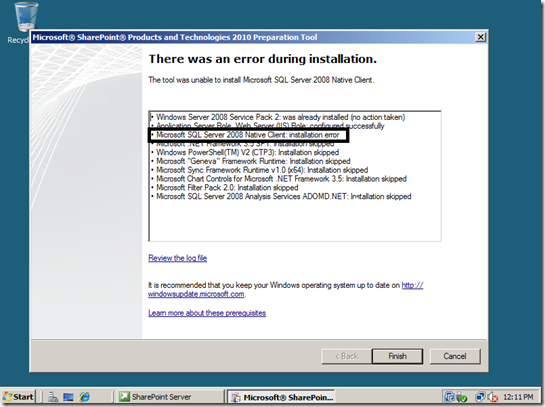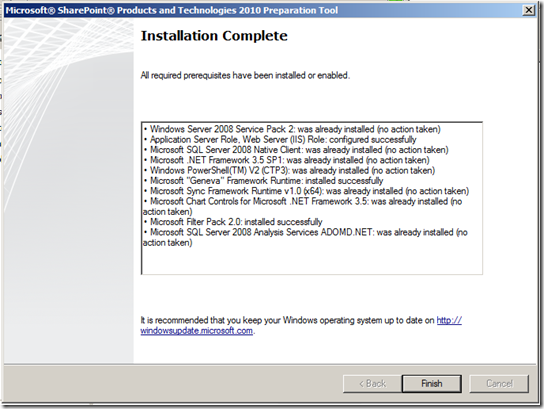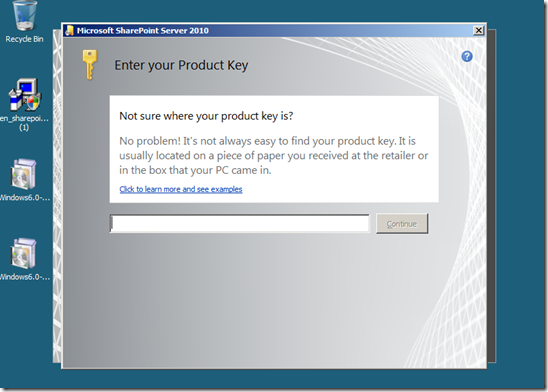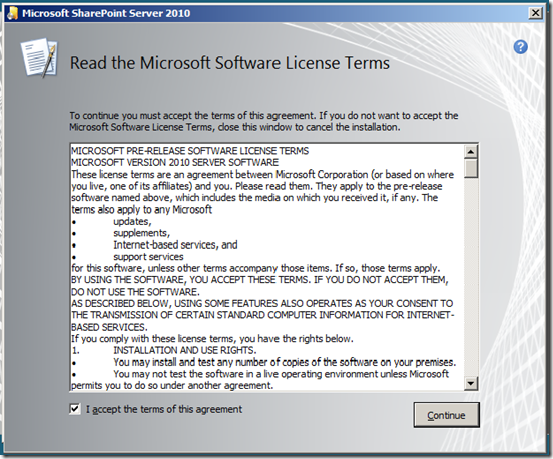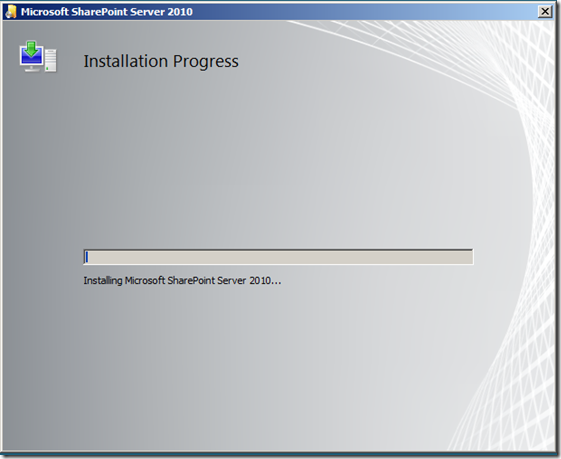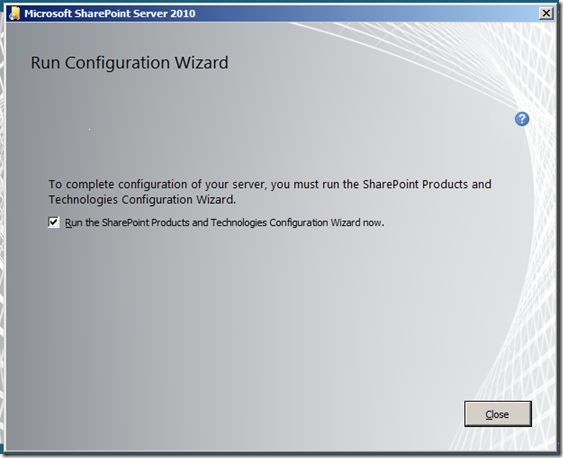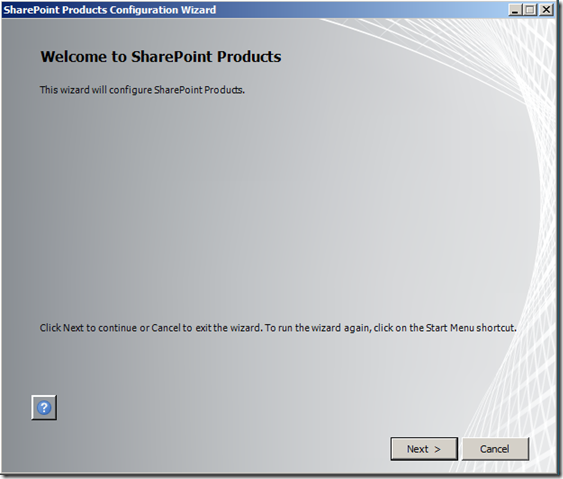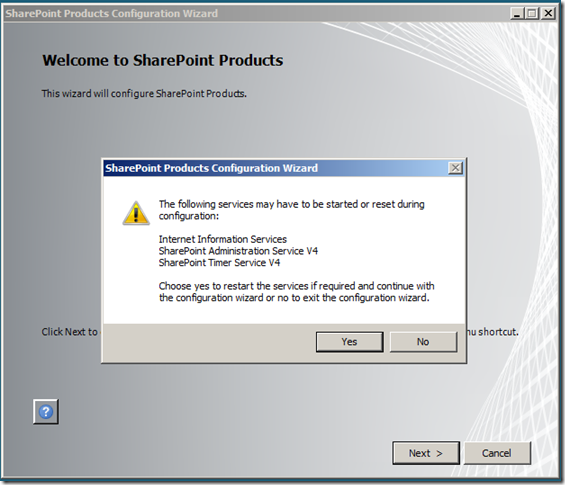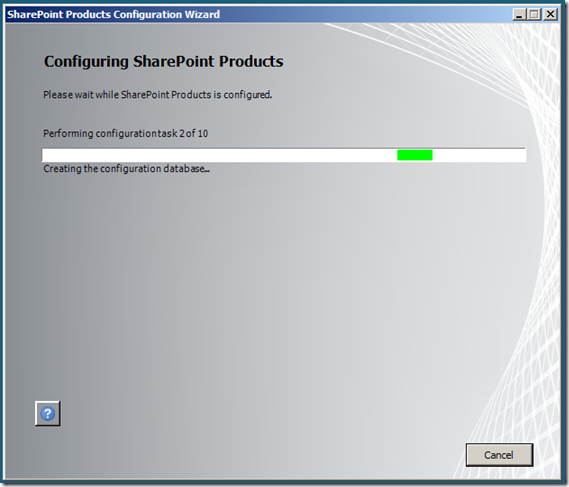Umer Akmal has been dropped from the Pakistan Test squad for their series against Sri Lanka in the UAE starting later this month.
Shoaib Malik, who was on Pakistan's tour of Zimbabwe after gaining clearance from the PCB, finds a place in the 15-man squad.
Umar Gul and Wahab Riaz return to the squad after being rested from the Zimbabwe tour, and are joined by
Aizaz Cheema and Junaid Khan in the fast-bowling department, with no place for Sohail Tanvir or Tanvir Ahmed.
Imran Farhat, who returned to the Pakistan squad for the Zimbabwe tour, has been picked as a third opener along with Mohammad Hafeez and Taufeeq Umar. Abdur Rehman returns after being rested for the Zimbabwe tour, and joins Saeed Ajmal in the spin attack.
Umar Akmal has not scored a Test century since his debut in 2009. After a poor year in 2010, when he averaged just 24.33, he was left out of the XI for the two Tests in New Zealand. He returned to the side for the Tests in the West Indies, but after scoring just one Test half-century this year, and struggling to play long innings in ODIs as well, he has been left out of the Test squad.
"Umar is a talented cricketer but he was not justifying his place in Test cricket," Mohsin Khan, Pakistan's chief selector, said in explanation of the decision. "This was the reason our middle order was facing problems during the recent tour [of Zimbabwe]. He may be good in limited-over cricket but Tests and ODIs are contrasting games.
"In Tests, Umar is required to play long innings so we have advised him to play domestic cricket and learn to bat for long."
Umar Akmal's exclusion means Asad Shafiq and Shoaib Malik will be fighting for a middle-order spot. After a year out of the Pakistan setup, Malik gained clearance from the PCB's integrity committee just in time to go to Zimbabwe. He did not play the Test there and did not make an impact in the ODIs and Twenty20 internationals. He has been consistently performing on the domestic circuit, finishing as the second-highest run-getter in the Quaid-e-Azam Trophy Division One last season, with 799 runs at an average of 73.57. Shafiq, meanwhile, has struggled in Tests since getting half-centuries in each of his first two innings.
Malik's inclusion in the squad comes on the same day he led Sialkot to a win in the final of the Faysal Bank T20 Cup, after getting them there with an unbeaten 88 in the semi-final. Mohsin, though, said his Twenty20 performances were not a factor when deciding the Test squad. "Shoaib is not selected on the basis of the ongoing Twenty20 Cup but what inspired us was his fitness and the form he is currently in."
The other notable exclusion from the squad is Tanvir Ahmed, who has taken 16 wickets in the four Tests he has played since debuting against South Africa in November last year. He was not on the tour of Zimbabwe, though, and Cheema, who took eight wickets on debut in the Bulawayo Test and another eight wickets in the three-match one-day series, keeps his place.
Cheema was one of several fringe players given a chance on the Zimbabwe tour, but not all have retained their places in the squad. "There might be players dropped following the recent Zimbabwe tour but that was a chance taken on youngsters," Mohsin said. "We actually had to try new players and now we have a picture of who stands where."
Junaid Khan also made his Test debut in Bulawayo, and though he was not as successful as Cheema, he was selected, Mohsin said, because of his ability to bowl fast. "If Junaid was retained despite his unimpressive form it is because we need to have a genuine fast bowler."
The first of three Tests starts on October 18 in Abu Dhabi.
Squad: Mohammad Hafeez, Taufeeq Umar, Imran Farhat, Azhar Ali, Younis Khan, Misbah-ul-haq (capt), Asad Shafiq, Adnan Akmal (wk), Shoaib Malik, Saeed Ajmal, Abdur Rehman, Aizaz Cheema, Wahab Raiz, Umar Gul, Junaid Khan
Standby players: Tanvir Ahmed, Mohammad Talha, Sarfraz Ahmed (wk), Yasir Shah



